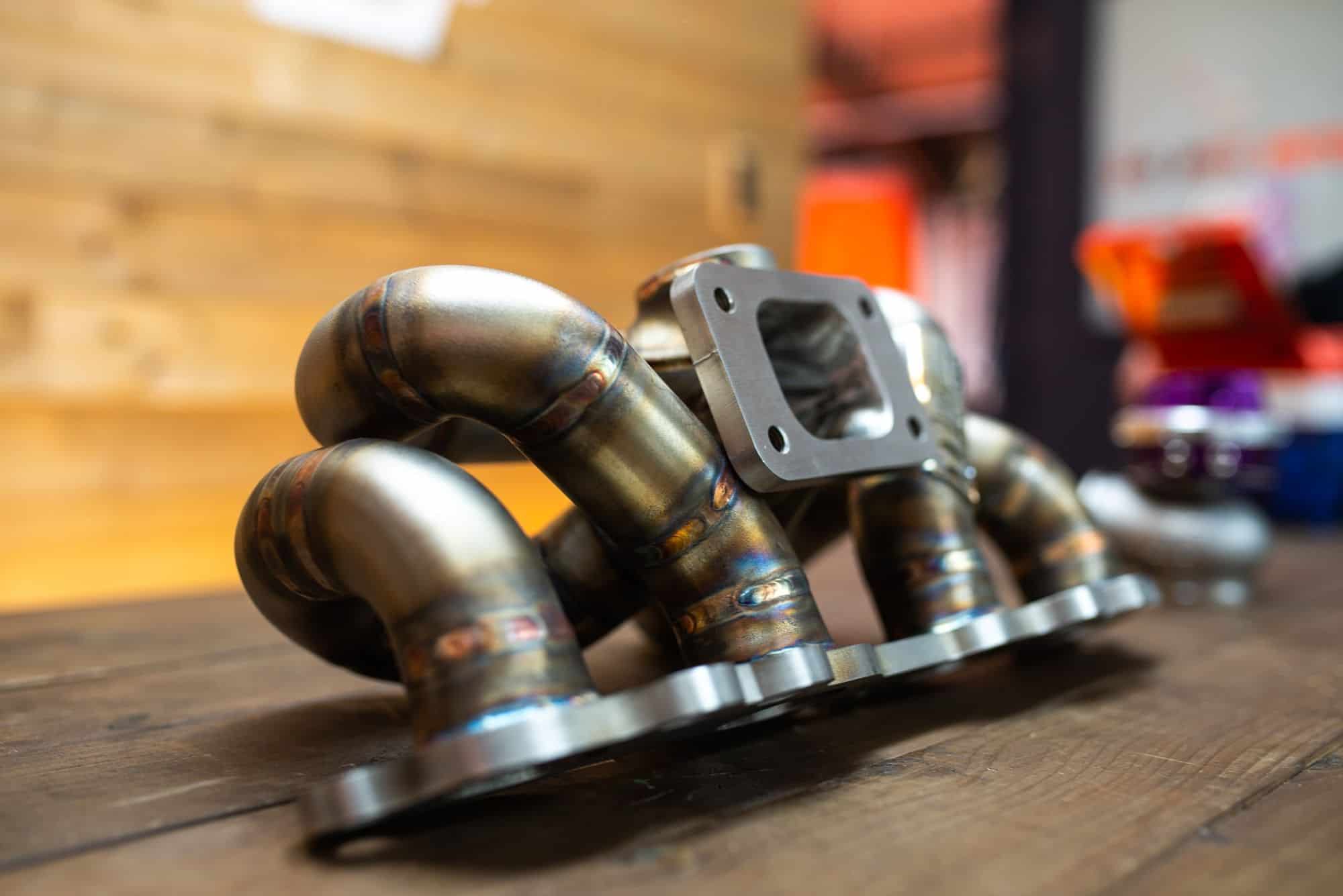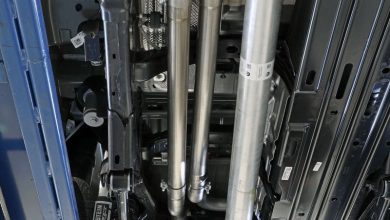Unleashing the Power: The 2JZ-GE Turbo Manifold Explained
In the world of racing, achieving optimal performance is the ultimate goal. For those who seek to extract every ounce of power from their engines, the 2JZ-GE turbo manifold is a critical component. In this article, we will delve into what the 2JZ-GE turbo manifold is, the problems that can arise from its use, its historical significance in racing, and why it’s a must-have for any serious racing enthusiast.
What is the 2JZ-GE Turbo Manifold?
The 2JZ-GE turbo manifold is a vital piece of equipment designed to enhance the performance of an engine. Specifically, it’s an exhaust manifold that plays a pivotal role in turbocharging the 2JZ-GE engine, which is a variant of the iconic Toyota 2JZ engine family. This manifold serves as the gateway for exhaust gases to enter the turbocharger, where they are compressed and then forced into the engine’s intake, resulting in increased power output.
The Problems Associated with Its Use:
While the 2JZ-GE turbo manifold is a powerful tool for enhancing engine performance, it is not without its challenges. One common issue that racers encounter is turbo lag, which occurs when the turbocharger takes a moment to spool up and deliver boost. This can lead to slower acceleration off the line and hinder a racer’s ability to maintain consistent speed. Additionally, improper installation or tuning of the manifold can result in engine damage, as it significantly increases exhaust temperatures.
Historical Significance in Racing:
The 2JZ-GE turbo manifold has a storied history in the world of racing. It gained widespread recognition for its role in the Toyota Supra, particularly the legendary MKIV Supra, which featured the 2JZ-GTE engine (a close relative to the 2JZ-GE). This car became an icon in the 1990s street racing scene and was popularized by movies like “The Fast and the Furious.” The use of the 2JZ engine family, along with its turbo manifold, made the Supra a force to be reckoned with on the drag strips and on the streets.
Why You Need to Use It:
If you’re a dedicated racer or performance enthusiast, the 2JZ-GE turbo manifold is a component you can’t afford to ignore. Here are some compelling reasons why you should consider integrating it into your racing setup:
- Increased Power: The manifold’s ability to deliver pressurized air to the engine translates to a substantial increase in horsepower and torque, giving you the edge in races.
- Legendary Heritage: The manifold’s association with iconic racing cars like the Toyota Supra speaks volumes about its potential to transform a vehicle into a high-performance machine.
- Tuning Potential: With proper tuning and setup, you can minimize turbo lag and harness the full potential of your engine, ensuring consistent and impressive performance.
Top Picks for 2JZGE Engine Manifolds
- HKS Stainless Steel Manifold: HKS is a renowned name in the racing industry. Their stainless steel manifold offers durability and excellent flow characteristics, making it a top choice for 2JZGE enthusiasts.
- GReddy Equal-Length Tubular Manifold: GReddy’s tubular design provides equal-length runners for improved exhaust flow. This manifold is designed to extract every ounce of power from your 2JZGE engine.
- Tomei Expreme Manifold: Tomei is synonymous with precision engineering. Their Expreme manifold is a work of art, offering a balance of performance and aesthetics that racers appreciate.
- OBX Racing Stainless Steel Manifold: If you’re looking for a budget-friendly option without compromising on quality, OBX Racing’s stainless steel manifold is a solid choice. It delivers improved performance without breaking the bank.
In the world of racing, where every fraction of a second matters, the 2JZ-GE turbo manifold emerges as a game-changer. While it presents challenges like turbo lag and the need for precise tuning, its historical significance and the power it unleashes make it an indispensable tool for any racing enthusiast. So, if you’re chasing victory on the track or simply aiming to elevate your car’s performance, the 2JZ-GE turbo manifold is the key to unlocking your engine’s true potential.
QnA
- What Is a 2JZGE Engine Manifold? A 2JZGE engine manifold is a component that directs air into the engine’s cylinders for combustion. It is a vital part of the engine’s intake system, responsible for optimizing air and fuel flow.
- How Does the Manifold Impact Performance? The manifold’s design and construction can significantly impact engine performance. It influences air intake efficiency, which, in turn, affects horsepower and torque output.
- What Types of 2JZGE Manifolds Are Available? 2JZGE engine manifolds come in various types, including log-style, tubular, and equal-length manifolds. Each type has distinct characteristics that cater to different racing needs.
- Which Materials Are Commonly Used for Manifolds? Manifolds are typically constructed from materials like stainless steel and cast iron. Stainless steel offers durability and corrosion resistance, while cast iron may provide better heat retention.
- How Do I Choose the Right Manifold for My 2JZGE Engine? Consider factors like material, design, compatibility with your engine and other components, and your racing goals when selecting a manifold.
- Do I Need Professional Installation While experienced enthusiasts may attempt self-installation, professional installation is recommended to ensure proper fitment and performance.
- Can a Manifold Improve Fuel Efficiency? A well-designed manifold can optimize air-to-fuel ratios, potentially leading to improved fuel efficiency. However, its primary focus is enhancing performance.
- What Is Equal-Length Manifold Design? Equal-length manifolds have runner lengths that are equal in size, which helps reduce exhaust pulse interference and can lead to improved performance and response.
- What Are the Benefits of Upgrading to a Performance Manifold? Upgrading to a performance manifold can result in increased horsepower, torque, and throttle response. It’s a crucial step for racers looking to extract more power from their 2JZGE engines.







